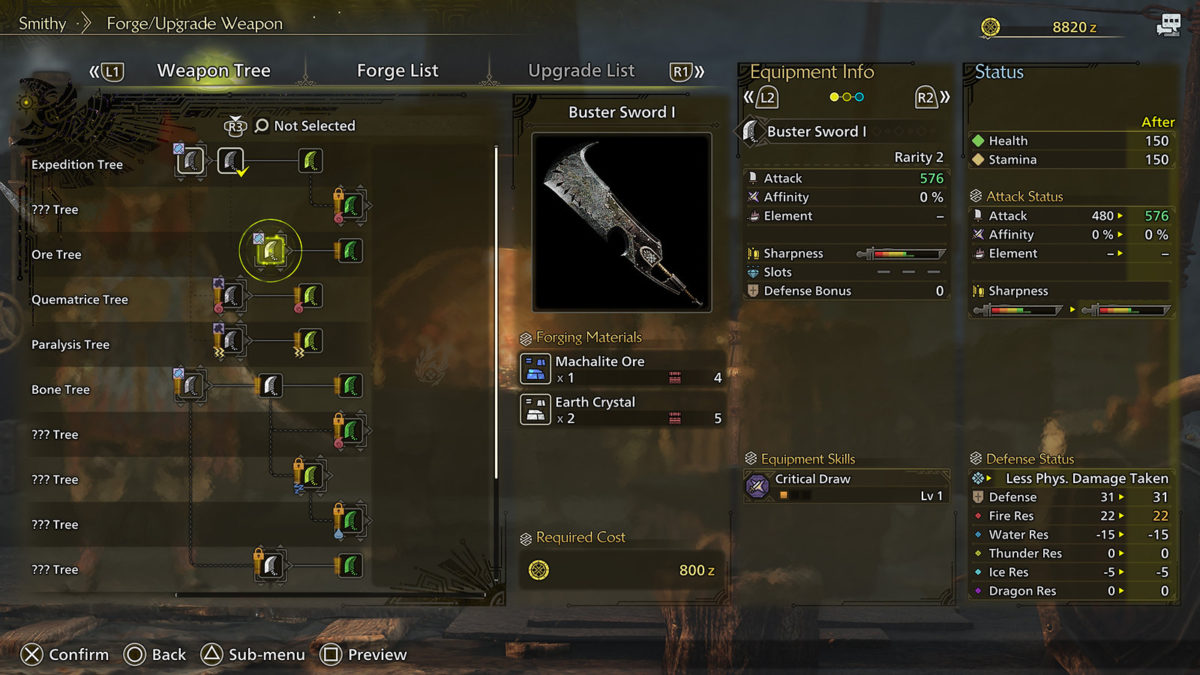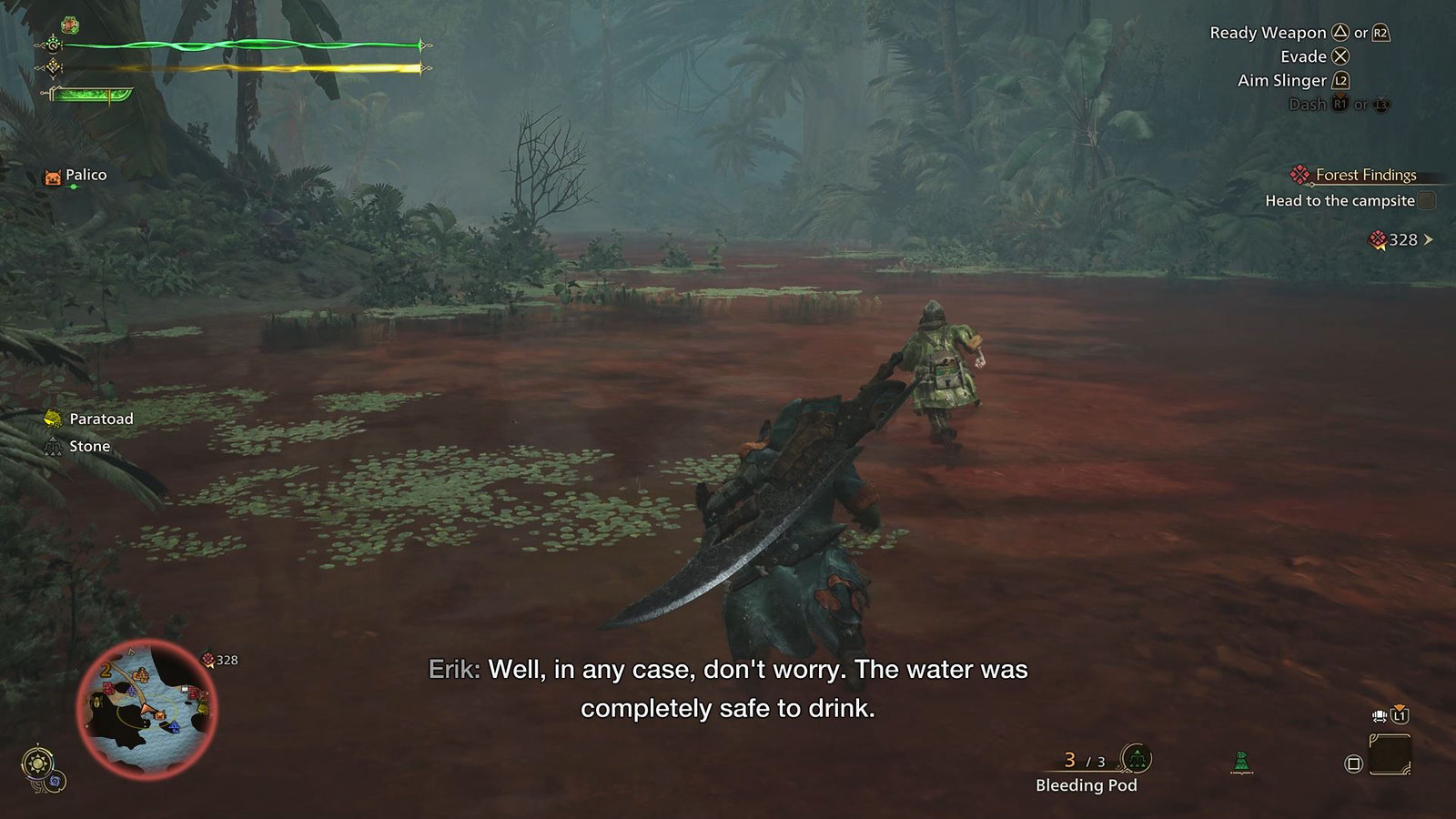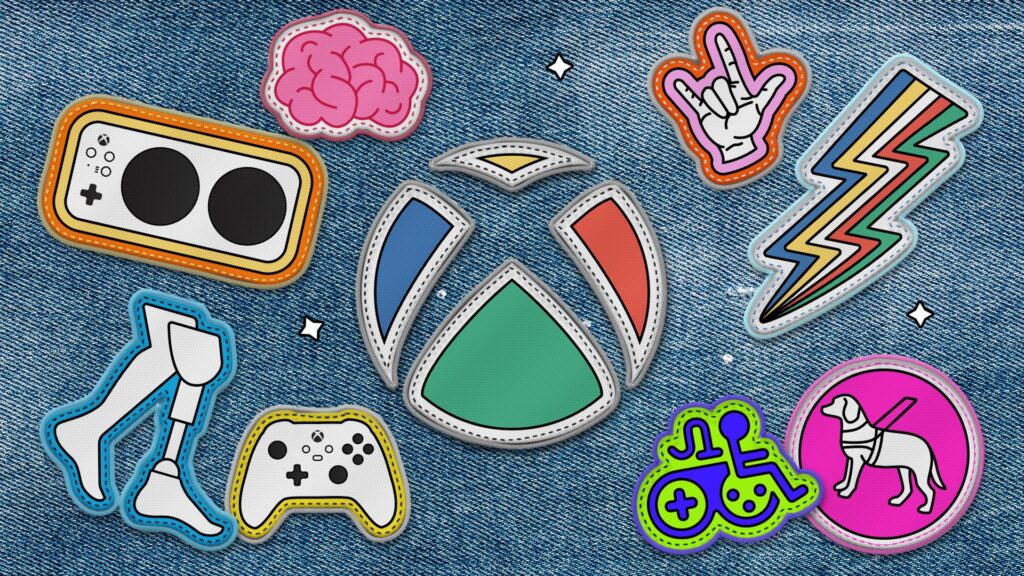Ubisoft is officially discontinuing XDefiant in 2025, the publisher announced Tuesday, with all new purchases and registrations being discontinued immediately. As part of the shutdown, the publisher plans to shut down its production studios in San Francisco and Osaka, with up to 177 employees losing their jobs. Roughly half of the XDefiant team will be assigned roles elsewhere.
Chief Studios and Portfolio Officer Marie-Sophie de Waubert revealed the news in an email sent to Ubisoft employees that was subsequently posted online, saying that the shooter was “not able to attract and retain enough players in the long run to compete at the level we aim for in the very demanding free-to-play FPS market.”
The full message can be found below.
Today, I wanted to share with you that we’ve made the difficult decision to discontinue development on XDefiant.
Despite an encouraging start, the team’s passionate work, and a committed fan base, we’ve not been able to attract and retain enough players in the long run to compete at the level we aim for in the very demanding free-to-play FPS market. As a result, the game is too far away from reaching the results required to enable further significant investment, and we are announcing that we will be sunsetting it.
Concretely, that means that as of today, new downloads, player registrations and purchases will no longer be available. Season 3 will still launch, and the servers will remain active until June 3, 2025, out of appreciation for both our dev teams who worked on it and for XDefiant’s active players.
Unfortunately, the discontinuation of XDefiant brings difficult consequences for the teams working on this game. Even if almost half of the XDefiant team worldwide will be transitioning to other roles within Ubisoft, this decision also leads to the closing of our San Francisco and Osaka production studios and to the ramp down of our Sydney production site, with 143 people departing in San Francisco and 134 people likely to depart in Osaka and Sydney. To those team members leaving Ubisoft, I want to express my deepest gratitude for your work and contributions. Please know that we are committed to supporting you during this transition.
Developing Games-as-a-Service experiences remains a pillar of our strategy, and we’ve achieved significant successes, like Rainbow Six, The Crew, and For Honor, among others. It’s a highly competitive market, and we will apply the lessons learned with XDefiant to our future live titles.
Globally, we are determined to take the necessary steps to put the company back on a path to growth, innovation and creativity and make sure we can set you up for success. This means continuing to radically evolve our mindset for Production and Business practices, which we will share more about soon, and doing targeted restructuring when necessary. I know that the situation brings questions and expectations, and we will share regular and transparent updates.
My sincere thanks for your continued dedication as we navigate these trying times together.
XDefiant Executive Producer Mark Rubin also shared a message thanking fans and saying he was “heartbroken.” He also shared refund details, saying that any purchases made within the last 30 days will be fully refunded and that those who purchases the Ultimate Founder’s Pack will also get their money back. Refunds should happen automatically with 8 weeks, he said.
I am unfortunately here today to announce that XDefiant will be shutting down. Starting today (December 3, 2024), new downloads and player registrations will no longer be available. We will still release our Season 3 content in the near future (exact date TBD) and the servers will remain active until June 3, 2025.
For those who purchased the Ultimate Founder’s Pack, you’ll receive a full refund. Players who made any purchases within the last 30 days will also be fully refunded. Those refunds should happen automatically within 8 weeks of today and you can find more details on our official website, https://XDefiant.com.
A few years ago, Ubisoft and the SF Dev team embarked on a bold adventure to develop a new arcade shooter called XDefiant. It was from the start, an incredible challenge. Not only were we trying to shake up the genre by removing Skill-Based Matchmaking (SBMM) while bringing back a more “old-school” arcade shooter experience, but we were also diving into the high-risk, high-reward realm of free-to-play. And for that I want to applaud not only the Dev team but also Ubisoft leadership for taking that chance!
Free-to-play, in particular, is a long journey. Many free-to-play games take a long time to find their footing and become profitable. It’s a long journey that Ubisoft and the teams working on the game were prepared to make until very recently. But unfortunately, the journey became too much to sensibly continue.
I am, of course, heartbroken to have to be writing this post. Yes, this game has been a personal passion for me for years and yes, I know that not all challenges lead to victory, but I also want to recognize all of the developers who are being affected by this closure. Each and every one of them is a real person with a real life separate from our own and they have all put so much of their own passion into making this game. And I hope that they can be proud of what they did achieve. I know that I will always be proud and grateful to have worked with such a great team! A team that really punched above its weight class.
And what they achieved is truly remarkable. The early response from players when XDefiant launched was amazing—we broke internal records for the fastest game to surpass 5 million users and in the end we had over 15 million players play our game! That is something to be extremely proud of, especially considering how tough this genre is. So, thank you to all of the developers who put their passion into making this game!
If there’s one thing, I hope we can all take away from this experience, it’s the importance of open, honest communication between developers and players. This “player-first” mentality along with respectful, non-toxic conversations between developers and players has been one of the standout differences that made XDefiant so special. From my very first post about XDefiant, this was the vision I wanted to champion, and I hope it leaves a positive mark on how the game industry treats its players and communities.
To our players, THANK YOU! From the bottom of my heart, I want to express my deepest gratitude for the incredible community that has grown around XDefiant. Your passion, creativity, and dedication have inspired us every step of the way.
With the utmost of love and respect,
Mark
XDefiant joins Concord as the latest service game to abruptly shutter not long after launch. Unlike Concord, though, XDefiant will be given a bit of grace, with its servers not due to shut down until June 3, 2025. Ubisoft also plans to go forward with releasing Season 3, though downloads and purchases will no longer be available.
First announced in 2021, XDefiant endured several delays before finally launching in May. We wrote in our review, “XDefiant joins the free-to-play shooter crowd as a respectable competitive FPS built around various Ubisoft franchises, but little makes it really stand out.”
Developing…
Kat Bailey is IGN’s News Director as well as co-host of Nintendo Voice Chat. Have a tip? Send her a DM at @the_katbot.















